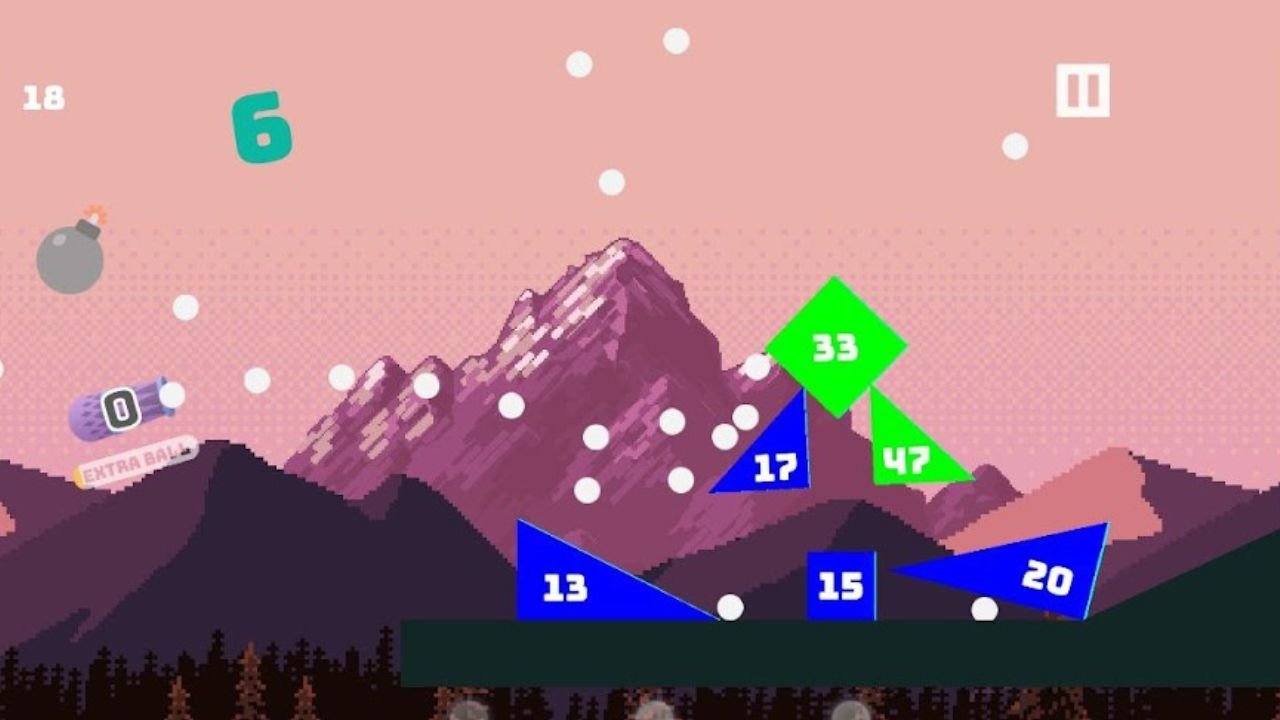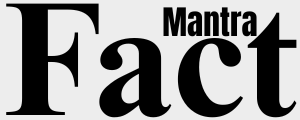Introducing yourself can feel nerve-wracking, especially in professional or social spaces where first impressions matter. Knowing how to introduce yourself properly can help you build meaningful connections, gain trust, and even open doors to opportunities. Whether you’re in a job interview, a team meeting, or a networking event, using a simple structure can guide your words and keep you from rambling or freezing up.
In this article, you’ll discover a powerful yet easy-to-follow method to introduce yourself with confidence using clear steps. From presenting your current role to expressing what lies ahead, we’ll walk through the practical breakdown that works in real conversations.
Begin With Where You Are Now
Start your introduction with the present. This is the moment to share what you’re doing today and where your focus lies. Short, clear sentences work best. Keep the tone real but professional. People don’t need your full resume—just the essentials.
Mention your name, current job title, and the work you’re doing. If it fits the context, include your department or the location you’re working from. Don’t go too deep at this stage—save the details for later.
| Name | Role | Location | Focus Area |
| Rohan | Digital Marketing Lead | Mumbai | Boosting brand visibility online |
| Ananya | Backend Developer | Bangalore | Building secure API integrations |
| Kabir | HR Executive | Noida | Hiring across mid-level positions |
| Sneha | Product Manager | Chennai | Overseeing e-commerce growth strategy |
This opening makes your identity and current work clear, giving others a reason to engage with you right away. It helps the audience know who you are now, not just where you’ve been.
Highlight a Glimpse of the Past
After covering your present, it’s time to give a brief snapshot of your past. This step adds depth to your intro. It also builds credibility. Keep it short and stick to 2-3 strong highlights. Use this moment to talk about your education, major roles, or key projects.
Instead of a long list of experiences, pick the ones most relevant to your audience. This helps others understand the value you bring. For instance, if you’re speaking to a marketing team, mention your prior campaign work or your certification in branding strategy.
Here’s an example:
“I started as a business analyst after graduating in economics. Over time, I shifted into product development, leading two app launches that crossed 1M+ downloads.”
Another:
“Before joining the design team here, I worked with a startup where I led their UI/UX overhaul, which increased engagement by 45%.”
These brief mentions position you as capable and experienced without sounding like a rehearsed pitch. Use this phase to connect your journey to your current role. That’s how you tell a complete story.
Share What You’re Excited About
Now that your background is clear, express what’s next. People connect with energy and forward-thinking attitudes. Use this section to tell them what you’re working on, what you’re learning, or what you hope to achieve.
Even a simple phrase like “I’m looking forward to collaborating on this project” makes a difference. It shows your motivation and makes the listener feel included. You can also link it to a company goal or team outcome.
Here are a few ways people express their forward focus:
| Name | Upcoming Focus |
| Ishita | Learning advanced cloud technologies |
| Raj | Planning to build a marketing automation tool |
| Deepika | Aiming to expand the customer base this quarter |
| Yash | Looking forward to mentoring new interns |
This forward-facing section helps paint the bigger picture. It reveals your aspirations and eagerness two qualities that people naturally admire.
Keep the Flow Simple and Clear
Now that we’ve gone through the individual parts, let’s look at how you can stitch it all together with ease. You don’t need to memorize a script. Instead, remember three simple words: present, past, future. When used in this order, they create a natural rhythm.
Use short, direct sentences. Keep your intro under 60 seconds. This not only keeps people engaged, but also ensures you don’t lose your train of thought. Here’s a quick structure to guide you:
| Step | What to Include | Sample Line |
| Present | Your name, job title, location | “Hi, I’m Meera. I work as a business consultant in Delhi.” |
| Past | A quick background highlight | “I previously worked on ERP rollouts in the retail sector.” |
| Future | Something you’re eager about | “I’m excited to explore AI-driven business tools this year.” |
Even if you’re nervous, sticking to this order helps calm the mind. It makes your message easy to deliver and understand. And that’s the real win.
Use This in Interviews and Networking
While this format is great for meetings, it also works well for interviews and networking events. In interviews, the “Tell me about yourself” question is common. Knowing how to introduce yourself here is crucial. Start with your current role and responsibilities. Then explain how your past connects to the job you’re applying for. End with what you’re hoping to learn or contribute. Keep it tight, relevant, and confident.
For networking, go lighter. Share where you’re working and what you’re interested in. Make your intro a doorway for conversation, not a monologue. Mention something memorable like a hobby or a recent achievement. That makes you easier to remember later.
Here’s a sample breakdown:
“Hey, I’m Tarun. I’m currently exploring data science after switching from finance. I recently completed a project that predicts sales trends with 92% accuracy. I’m excited to meet others in the AI community and learn more about real-world applications.”
This type of intro is short but packed with value. It feels human, natural, and professional all at once.
How to Keep It Natural and Effective
You don’t need fancy words to impress others. When thinking about how to introduce yourself, stick to honesty, clarity, and enthusiasm. That’s what makes your words memorable.
Use this method whenever you’re called to speak. From daily standups to conferences or interviews, it works across all platforms. If you’re worried you’ll forget something, just think: “present, past, future.”
‘Practice this format until it feels like your own.’ When done right, this small moment of self-expression can leave a lasting impact. So take a breath, smile, and speak up—you’re ready.






